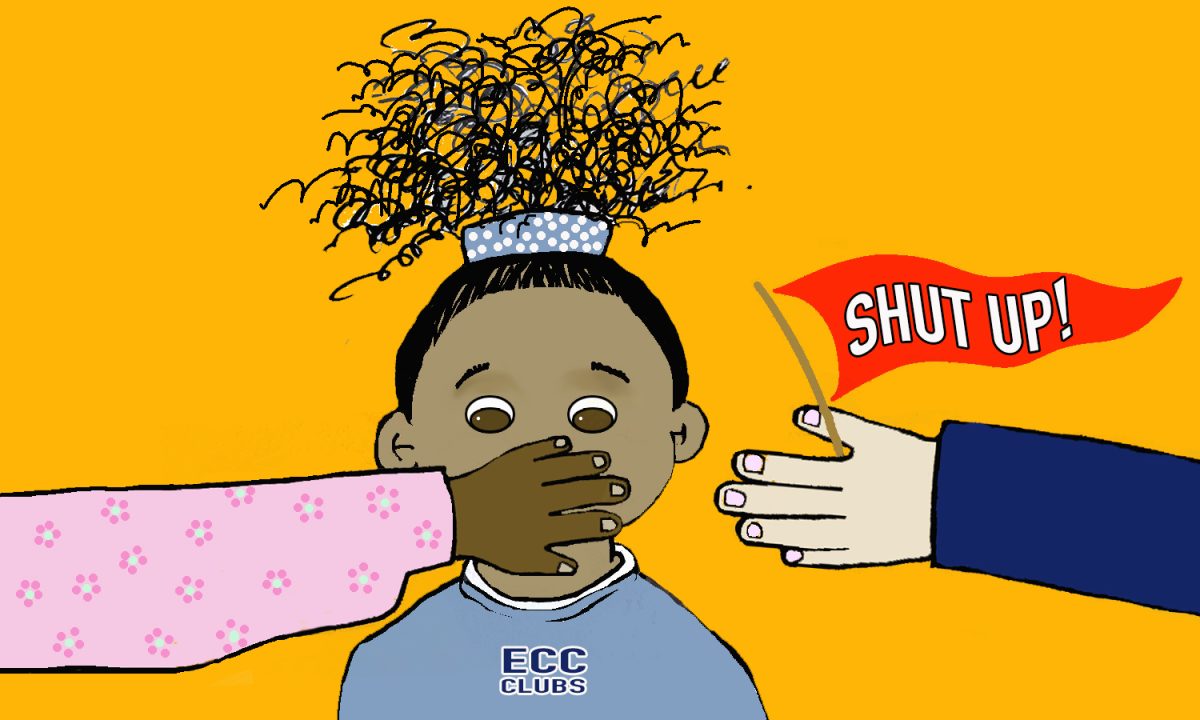Rabbits are the third most popular pets in the U.S. right after cats and dogs, according to the National Geographic and The Humane Society.
According to the American Veterinary Medical Association, Over 1.5 million U.S. households own an estimated 2.2 million rabbits. The high ownership number also means, unfortunately, that rabbits fall under the third most abandoned pets in the U.S.
While statistics are hard to quantify, a 2012 study found that three-fourths of the rabbit animal shelter population was a result of surrenders, a higher rate than dogs and cats.
As a bunny owner myself I can’t help but ask, what’s up, doc? Why are so many bunnies being abandoned?
The reason seems to be a lack of information by prospective owners and a misunderstanding of the responsibilities and costs a bunny companion entails.
While I may be biased I can vouch bunnies are complex and intelligent creatures that make wonderful, pets and I encourage anyone looking for a pet to consider a bunny.
Bunny ownership does come with unexpected work and a few things you will need to know, rabbits rely heavily on their wild instincts.
When it comes to handling and caring for them you must be gentler than you would with other common pets.
As opposed to dogs and cats, rabbits are prey animals and have natural predators, so they can be skittish and constantly on the lookout. Rabbits often flinch at loud noises and may be seen “periscoping,” standing on their hind legs and looking around the area for danger.
Because of this, it can take longer for bunnies to bond and fully trust their owners.
Bunnies should not be given to young children as they require patience and understanding until they feel safe, for instance rabbits do not like to be picked up because this sensation mimics a natural danger.
This is why there is a certain way to go about making it to keep them comfortable.
Cost is another factor to consider when taking on a bunny as a pet.
Given rabbits need a constant supply of hay, litter, pellets, and vegetables, care costs can add up with the average annual costs of “standard bunny care” estimated at around $600 to $1,100.
Rabbits need a constant supply of fresh hay, which constitutes 90% of their daily diet. The other 10% includes spring mix, romaine lettuce, kale, or other rabbit-safe leafy vegetables.
Rabbits are known for being scheduled animals, meaning they like things to happen at set times, like meals and play times. Rabbits are daytime sleepers and are most active in the evenings and nights.
If you work or go to school during the day but have time in the evenings for a furry companion consider a rabbit. A rabbit’s nature will accommodate your schedule, while a dog or cat is usually restless during the daylight hours.
However, it’s not all just rules and responsibilities.
Bunnies have a wide range of emotions and can exhibit happiness, anger, fear and curiosity.
Over time bunnies begin to see their owners as safe and comfortable caretakers.
Once they are comfortable rabbits may even “chin,” when a rabbit rubs its chin on an object or person leaving a unique secretion exclusive to the rabbit, marking something as theirs.
Once trust is earned bunnies can be affectionate creatures.
When a rabbit is happy it will jump in the air and twist its body; known as a “binky,” the movement signifies a happy rabbit isn’t stressed.
Rabbits “groom” their owners with their tongues, to give kisses, and also nudge their owners or other rabbits to get groomed or pet themselves.
These creatures require some responsibility but the return is well worth it. A bunny can provide you with the same unconditional love that other animals do.
Bunnies are great companions, so if you love animals invest the time and money to research adopting a bunny.
Many shelter bunnies need a home so if you’re an El Camino student or employee who wants a furry little friend to come home to, consider a bunny.






